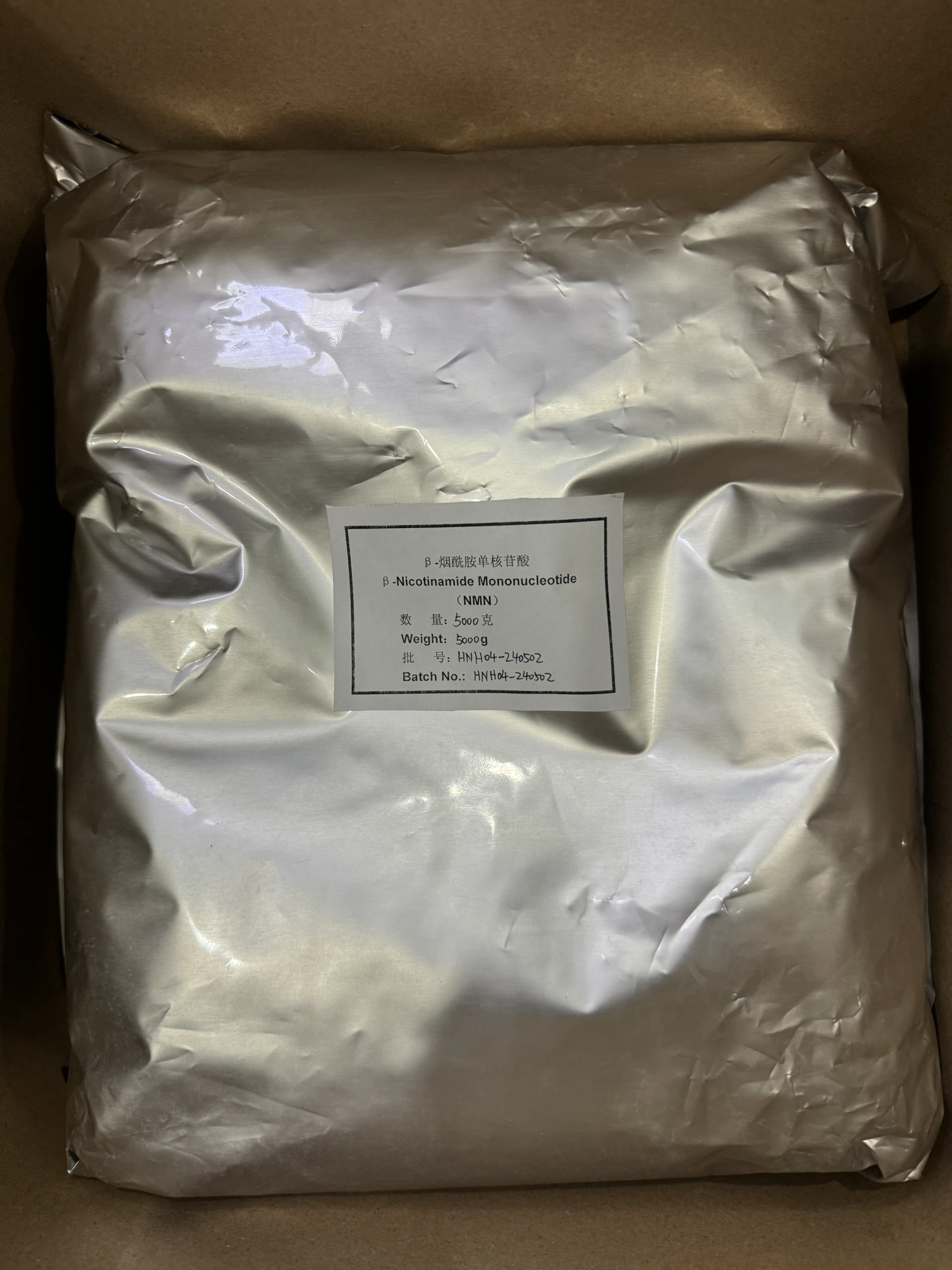Physico-Chemical Treatment of Wastewater An Overview
Wastewater treatment is a critical process aimed at removing contaminants from industrial and municipal effluents before they are discharged into the environment. Among various wastewater treatment methods, physico-chemical treatment plays a pivotal role due to its efficiency in handling diverse types of pollutants. This article explores the principles, processes, and significance of physico-chemical treatment of wastewater.
Principles of Physico-Chemical Treatment
Physico-chemical treatment involves the application of physical and chemical processes to remove pollutants from wastewater. The primary goal is to separate solids, remove dissolved contaminants, and achieve a reduction in toxic substances. The procedure is based on principles such as adsorption, coagulation, flocculation, precipitation, and membrane filtration.
1. Adsorption This process involves the adhesion of molecules from the liquid phase onto a solid phase. Activated carbon is often used as an adsorbent due to its high surface area and porosity, effectively capturing organic compounds and some heavy metals.
2. Coagulation and Flocculation Coagulation involves the addition of chemicals (coagulants) to destabilize suspended particles in wastewater, promoting their aggregation. Common coagulants include aluminum sulfate and iron salts. Flocculation follows, where gentle mixing encourages the agglomeration of these particles into larger clumps, or flocs, which can then be removed more easily.
3. Precipitation This involves the chemical reaction that converts dissolved substances into solid particulates, which can then be removed from the wastewater. For instance, the addition of lime can precipitate phosphates, enabling their removal.
4. Membrane Filtration Advanced membrane technologies, including microfiltration, ultrafiltration, and reverse osmosis, are increasingly being integrated into physico-chemical treatment systems. These membranes can selectively allow water molecules through while blocking contaminants based on size and charge.
Applications of Physico-Chemical Treatment
Physico-chemical treatment is suitable for a wide range of wastewater types, including industrial effluents, municipal sewage, and stormwater. Its applications include
- Industrial Wastewater Treatment Industries such as textiles, chemicals, and food processing generate wastewater rich in organic and inorganic pollutants
. Physico-chemical methods can effectively remove dyes, heavy metals, and excess nutrients, ensuring compliance with environmental discharge standards.physico chemical treatment of wastewater

- Municipal Wastewater Treatment In urban areas, treatment plants often incorporate physico-chemical processes to reduce the load on biological treatment systems. This is particularly crucial during peak flows or when dealing with toxic substances that could inhibit biological activity.
- Surface Water Improvement Physico-chemical treatment can also be applied to improve the quality of surface waters in lakes and rivers, tackling issues such as algal blooms and pollution from stormwater runoff.
Benefits of Physico-Chemical Treatment
The use of physico-chemical treatment methods offers several advantages
1. Efficiency These processes often provide rapid removal of pollutants, making them suitable for managing large volumes of wastewater.
2. Versatility Physico-chemical treatments can be tailored to address specific contaminants, making them adaptable to various wastewater compositions.
3. Reduced Footprint Compared to biological treatment systems, physico-chemical processes often require smaller space, making them a viable option in areas with limited land availability.
4. Enhanced Final Effluent Quality By effectively removing contaminants, physico-chemical treatment can significantly improve the quality of the treated effluent, facilitating its safe discharge or potential reuse.
Conclusion
In conclusion, physico-chemical treatment of wastewater is a fundamental component of comprehensive wastewater management strategies. With its adaptability and effectiveness in removing a wide range of pollutants, it poses a powerful solution to the growing challenges of water pollution. As technology advances, the integration of physico-chemical processes with other treatment methods will continue to play an essential role in achieving sustainability and protecting our water resources for future generations.

